Peripheral Artery Disease Vs Peripheral Venous Disease
Peripheral artery disease vs peripheral venous disease. In addition to peripheral artery disease and PAD you may have heard the condition referred to as peripheral vascular disease or PVD. Peripheral vascular disease PVD is a generic umbrella term that describes a large number of circulatory diseases. It affects blood vessels outside of the heart and brain and gets worse over time.
Periferal vascular disease is a disease of the artery which delivers. Peripheral venous disease symptoms do not occur in approximately half the patients who have this condition. Allow us to elaborate.
Healthy arteries have a smooth lining that prevents blood from clotting and promotes steady blood flow. Peripheral arterial disease refers to the arterial blood which is the oxygenated blood from your heart which gets pumped throughout your body. Venous insufficiency is a disease of the vein which drains blood out of the legs.
Clinical symptoms when vessel 60-70 occluded. Peripheral venous disease refers blood vessels returning deoxygenated blood to the heart and lungs. This often leads the two to be used interchangeably and while the term PVD does encompass all cases of PAD the term PAD cannot be used to refer to all types of PVD.
Peripheral arterial disease PAD is a disease that occurs in the arteries of the arms and legs. Choose from 500 different sets of peripheral arterial disease vs venous flashcards on Quizlet. A common type of PVD is venous insufficiency which occurs when the valves in the leg veins dont shut properly during bloods return to.
This can happen in your arteries or. PVD occurs when disease affects any of the vessels outside of your heart wherever they happen to be in your arms legs brain or anywhere else. Peripheral artery disease PAD LEADING CAUSE is ATHEROsclerosis.
Arterial conditions such as peripheral artery disease PAD and critical limb ischemia CLI and venous conditions such as deep venous disease DVD and superficial venous insufficiency SVI can produce notable changes in the skin especially on the legs and feet. PAD usually refers to blockages in the blood vessels that supply blood to the legs.
PVD occurs when disease affects any of the vessels outside of your heart wherever they happen to be in your arms legs brain or anywhere else.
It affects blood vessels outside of the heart and brain and gets worse over time. Parts of the body like the brain heart arms or legs may not get enough blood. Peripheral venous disease refers blood vessels returning deoxygenated blood to the heart and lungs. Healthy arteries have a smooth lining that prevents blood from clotting and promotes steady blood flow. Peripheral artery disease PAD is the name of one specific disease a condition that affects only arteries and. Peripheral Venous Disease Symptoms. Peripheral arterial disease refers to the arterial blood which is the oxygenated blood from your heart which gets pumped throughout your body. Peripheral artery disease VS Peripheral venous disease a quick presentation by Sabrina Granger PAD vs PVD Pathophysiology of PAD vs PVD Pathophysiology of both diseases Peripheral artery disease happens when there is a blockage in the arteries. Marker of advanced systemic ATHEROsclerosis.
Learn peripheral arterial disease vs venous with free interactive flashcards. PAD usually refers to blockages in the blood vessels that supply blood to the legs. Peripheral arterial disease PAD is a disease that occurs in the arteries of the arms and legs. Venous insufficiency is a disease of the vein which drains blood out of the legs. Periferal vascular disease is a disease of the artery which delivers. Its pretty simple actually. Peripheral Venous Disease Symptoms.
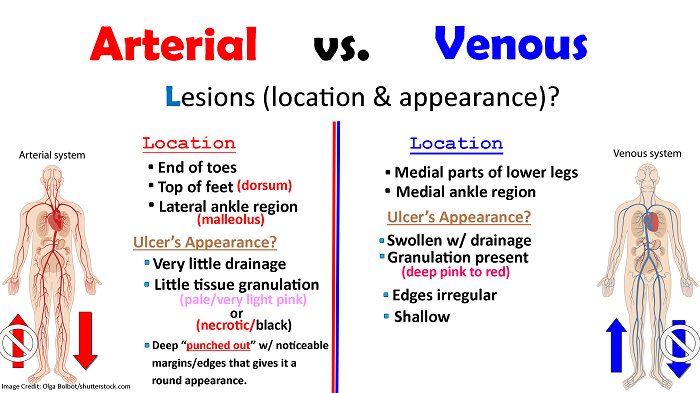
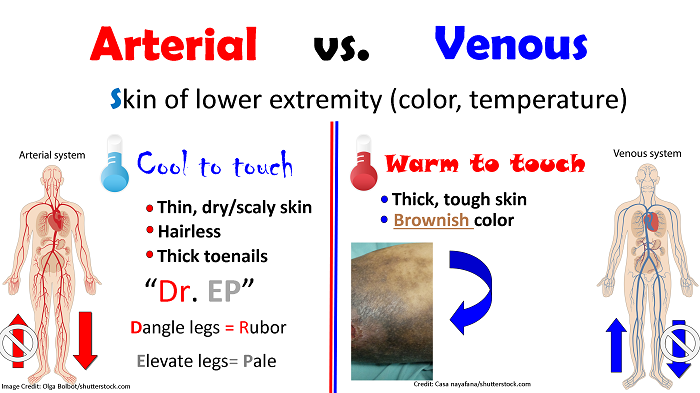


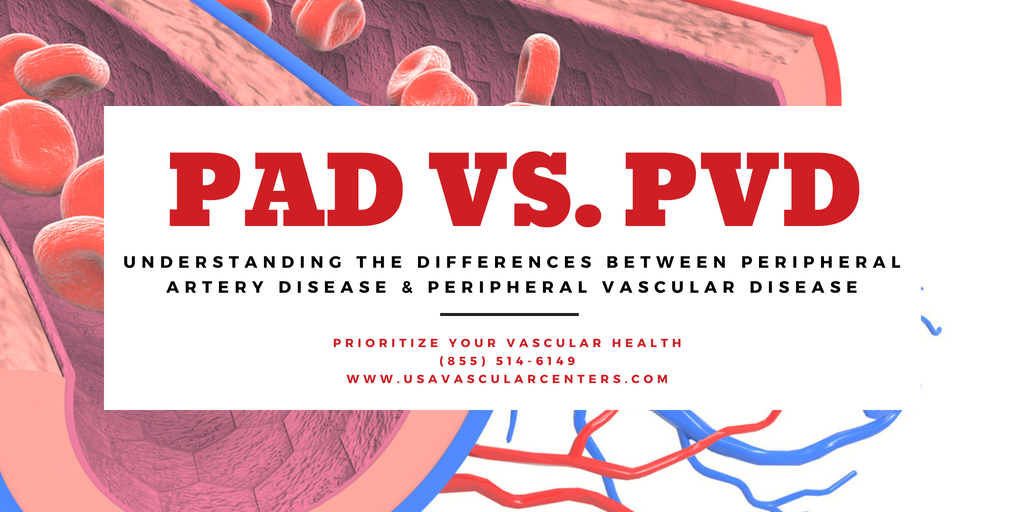




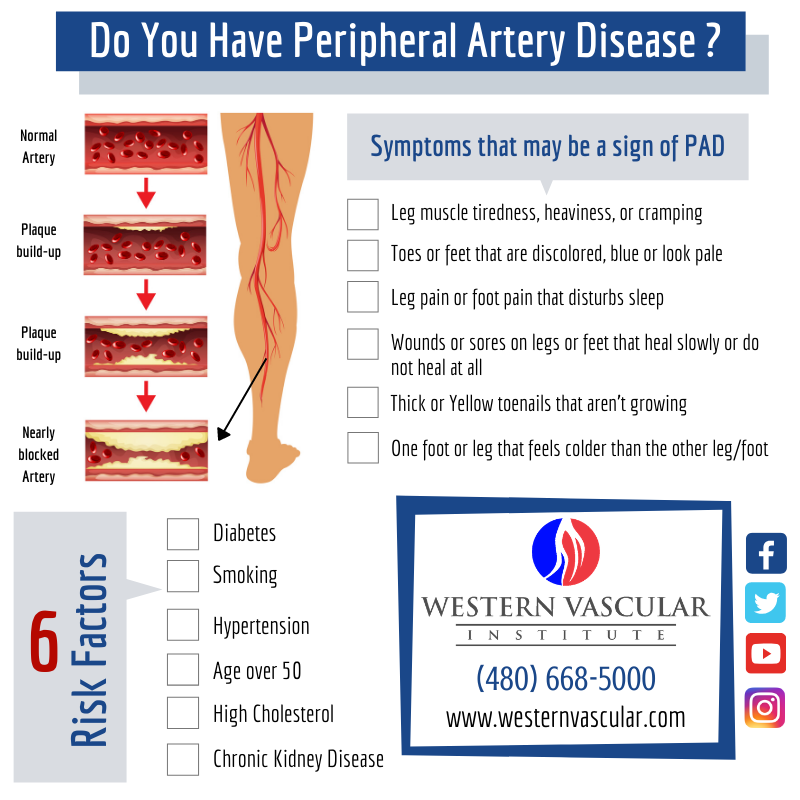
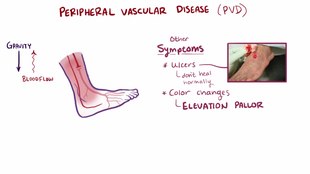


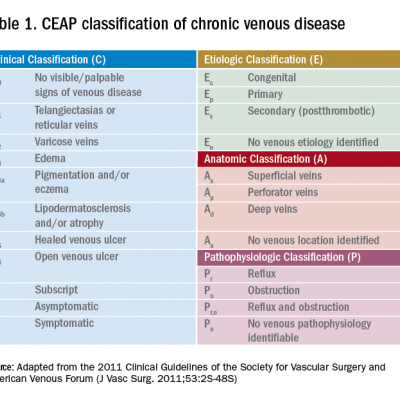



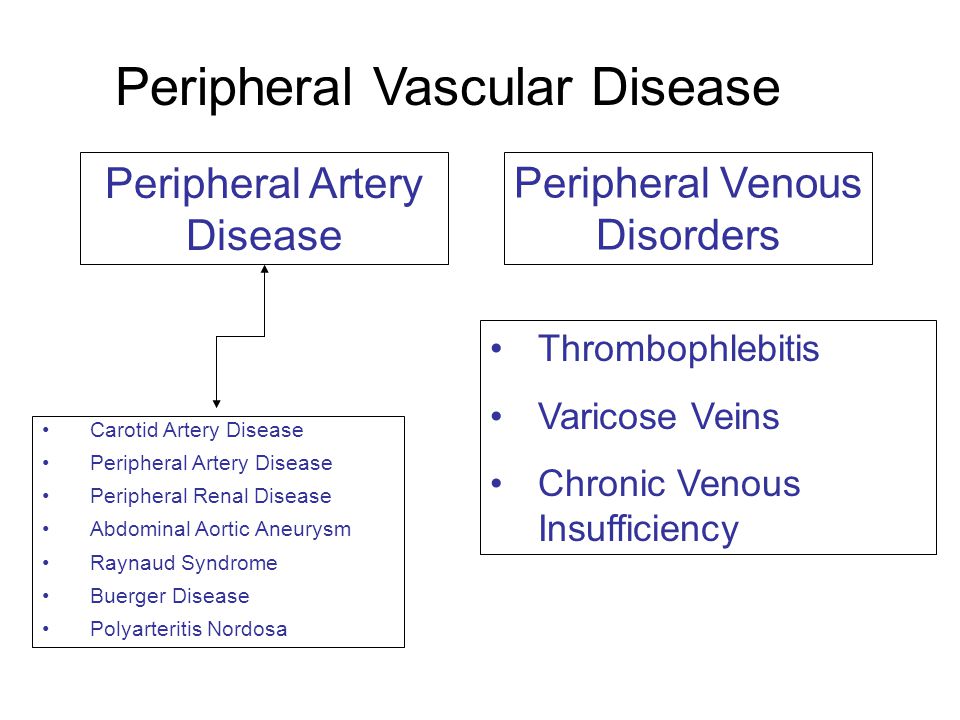

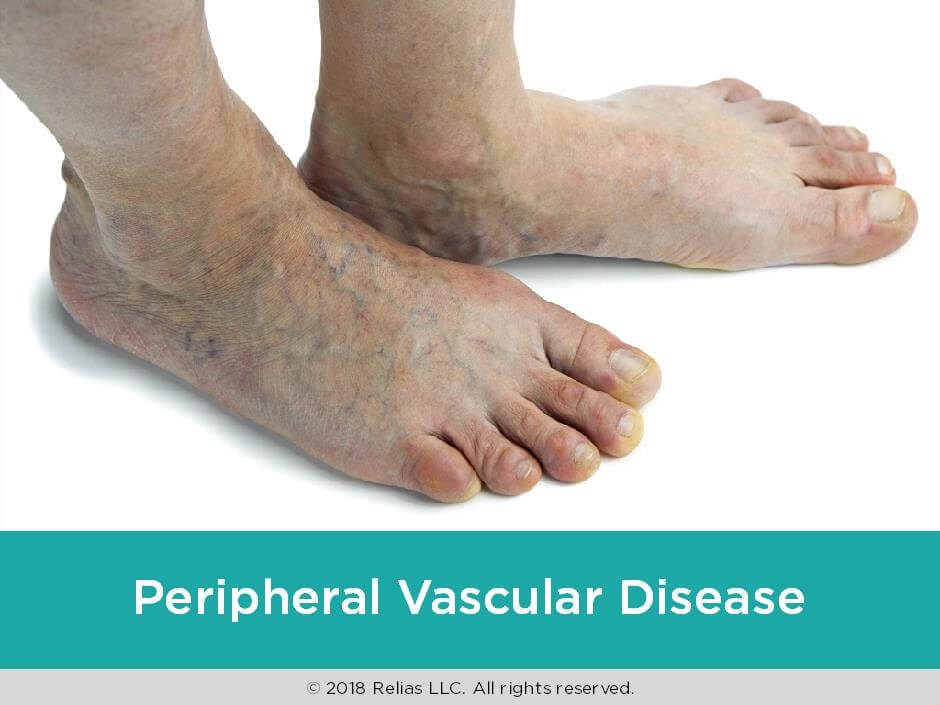
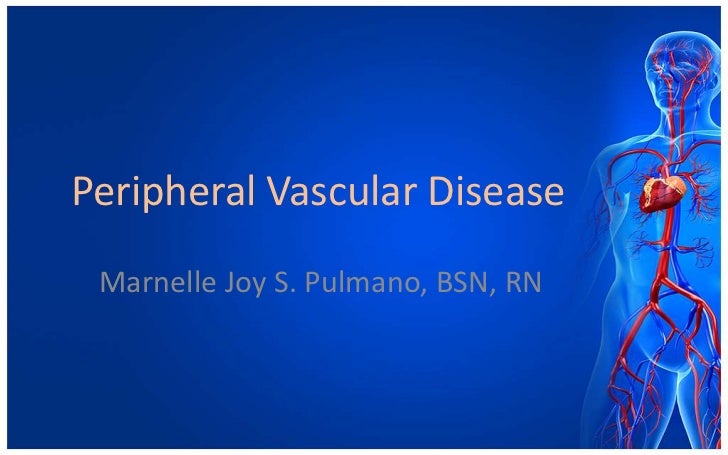
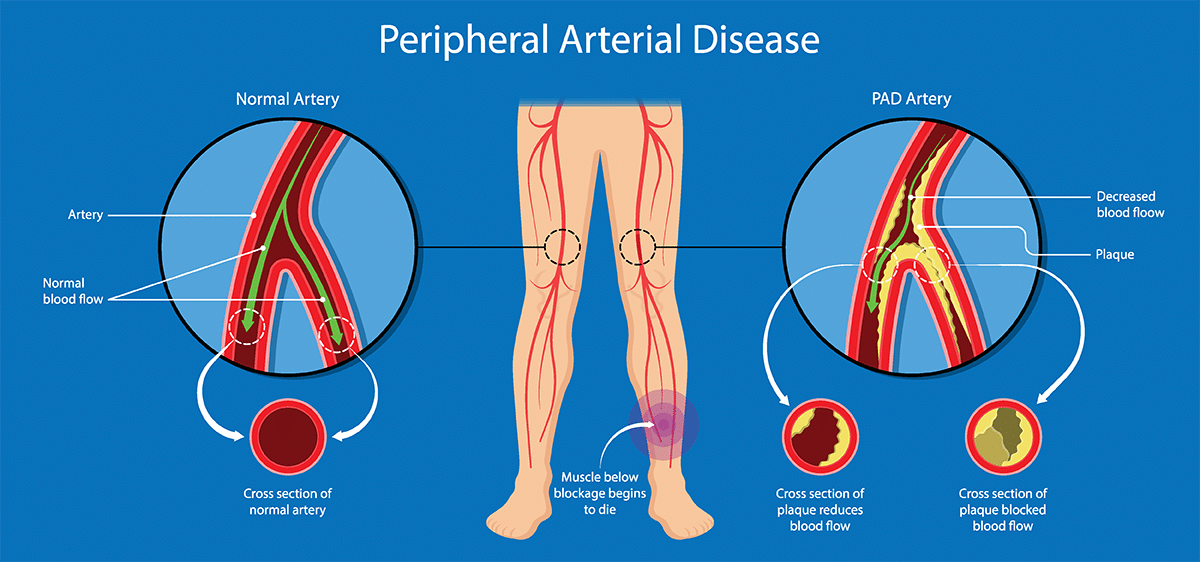

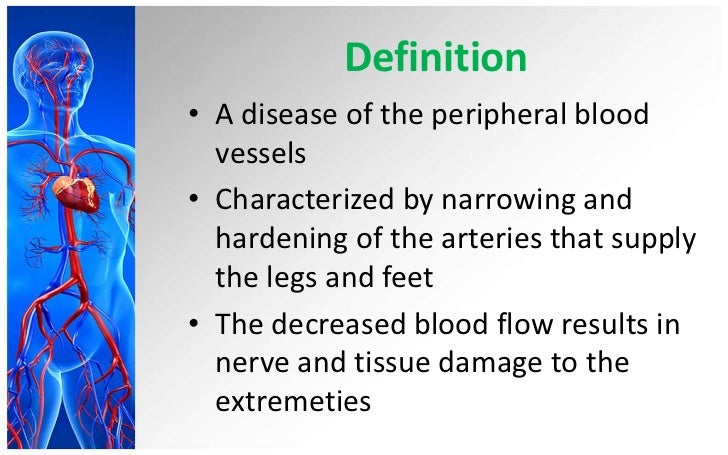


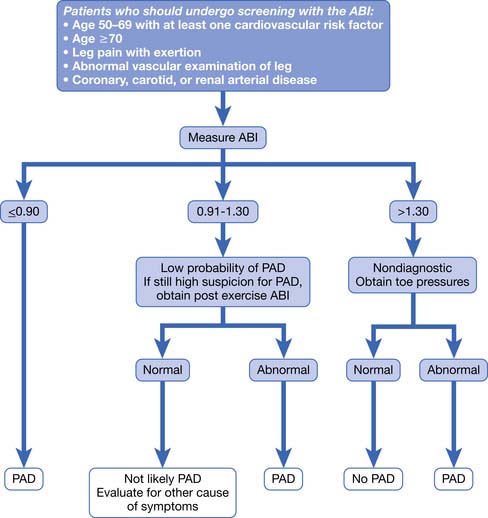




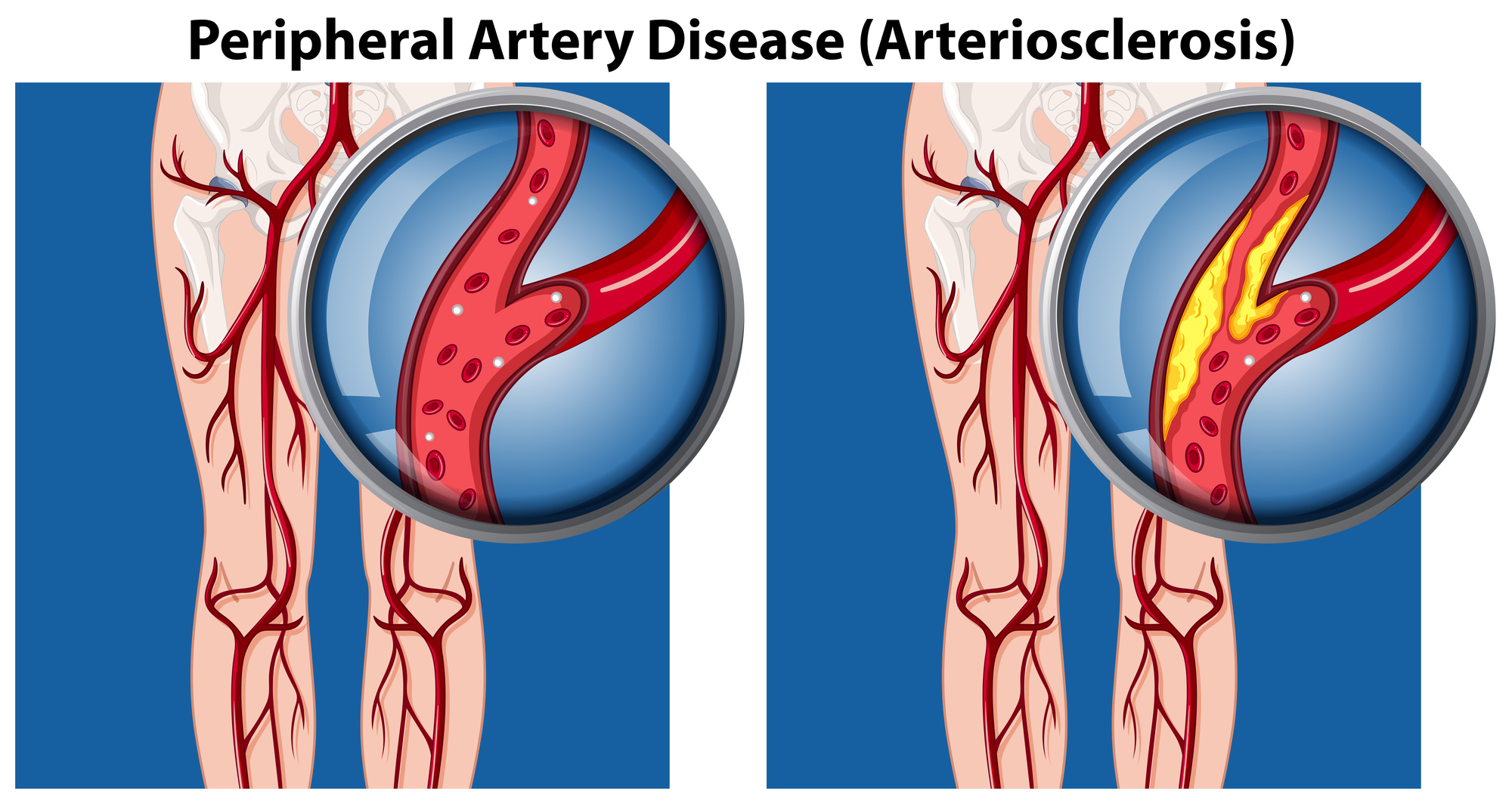



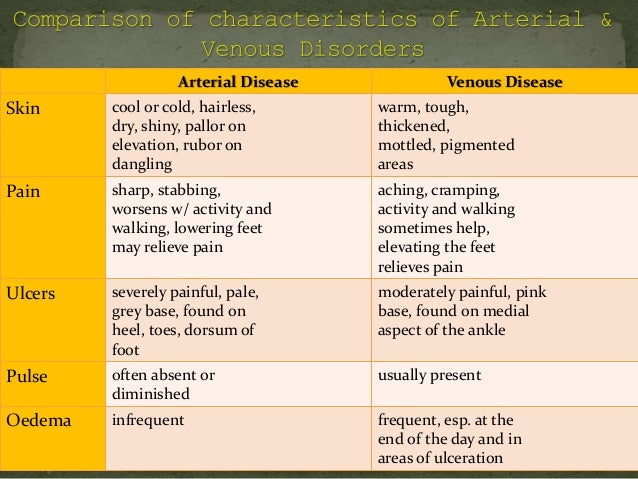
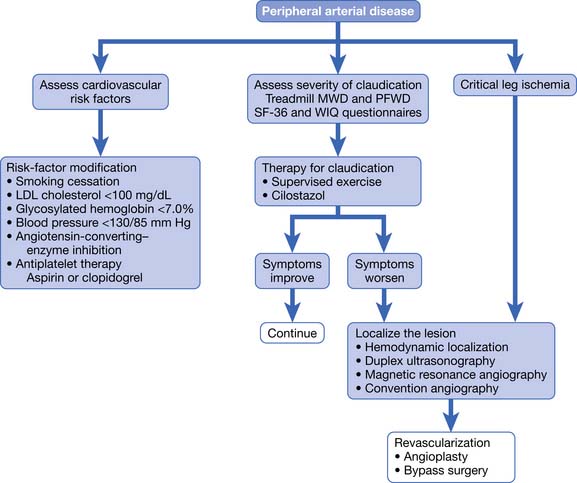







Post a Comment for "Peripheral Artery Disease Vs Peripheral Venous Disease"